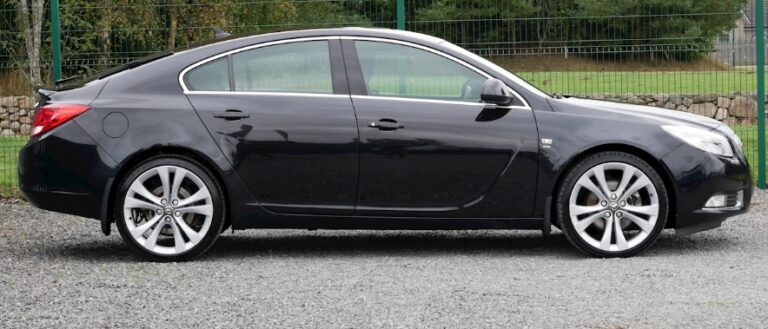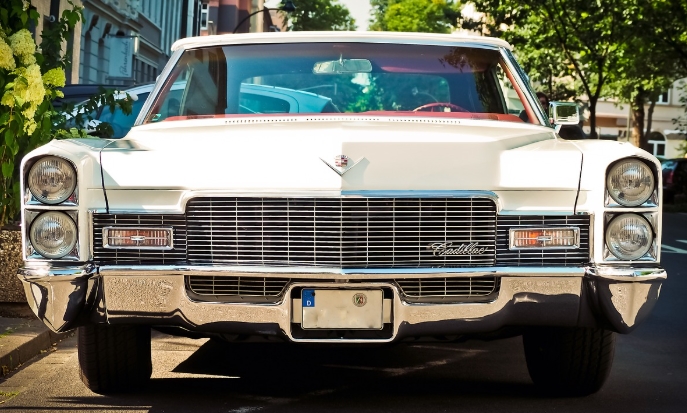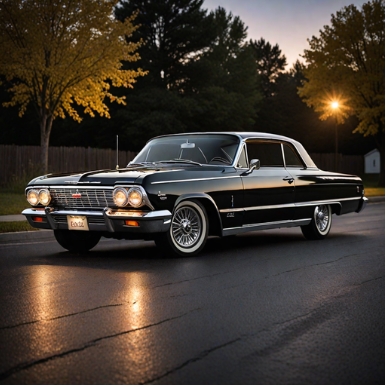The Evolution of the Volvo 460
Introduction
The Volvo 460 is a notable chapter in the Swedish automaker’s history, representing a compact, affordable, and practical vehicle that catered to the European market during the late 1980s and early 1990s. Positioned as a front-wheel-drive, four-door sedan and five-door hatchback, the 460 was developed to compete in the small family car segment while maintaining Volvo’s reputation for safety, durability, and practicality. This article traces the evolution of the Volvo 460, highlighting its production timeline, model variants, and trim levels.
Origins and Development
Background and Conception
In the early 1980s, Volvo sought to expand its lineup to include a compact car that could appeal to younger buyers and urban dwellers. This initiative resulted in a collaboration with the Dutch automaker DAF (and later Mazda), leading to the development of the Volvo 460. The project aimed to produce a modern, economical, and safe small car that could be assembled efficiently.
Design and Engineering
Designed by the Italian styling house Pininfarina, the 460 boasted a contemporary and aerodynamic exterior, with a focus on safety and comfort. It shared its platform with the Mazda 121 (in some markets) and was built primarily at Volvo’s Ghent plant in Belgium.
Production Timeline
Introduction and Early Years (1989-1994)
The Volvo 460 made its debut in 1989 at the Geneva Motor Show. Production commenced shortly thereafter, with the model officially introduced in Europe in 1990. The initial run of the 460 spanned from 1990 through 1994, encompassing a range of models and trim levels.
Continued Production and Variants (1994-1997)
In 1994, the Volvo 460 underwent a facelift with minor exterior updates and interior refinements. Production continued until 1997, marking a total lifespan of approximately seven years.
End of Production
The Volvo 460 was phased out in most markets by the late 1990s, replaced by newer models such as the Volvo S40 and V40, which carried forward the company’s focus on safety and compact luxury.
Model Variants and Trim Levels
Throughout its production, the Volvo 460 was offered in various trims, tailored to different markets and customer preferences. Here, we examine the common models and their features.
1. Volvo 460 (Base Models)
- Start of Production (1990-1994): The base models were equipped with entry-level features, suitable for budget-conscious buyers. Typically powered by a 1.7-liter inline-4 engine with around 90 horsepower, these variants emphasized economy and reliability.
- Features: Manual windows, basic interior trim, and standard safety features such as front airbags and anti-lock brakes (in later years).
2. Volvo 460 GL
- Introduction: The GL trim offered additional comfort and convenience features.
- Features: Power steering, upgraded upholstery, improved audio systems, and alloy wheels in some markets. The engine options remained similar to the base models but occasionally included a more refined 1.7 or 1.8-liter engine.
- Production Years: 1990-1994.
3. Volvo 460 GLT
- Performance and Features: The GLT was the sportier, more upscale trim, often equipped with a turbocharged engine.
- Engine Options: The most notable was the 1.7-liter turbocharged engine producing approximately 105 horsepower, offering better acceleration.
- Interior and Exterior: Upgraded interior trims, alloy wheels, and sometimes a sunroof.
- Availability: Primarily in European markets, with production from 1991 onward.
4. Volvo 460 SE
- Luxury and Convenience: The SE trim added features such as power windows, central locking, upgraded audio systems, and sometimes leather upholstery.
- Market Position: Positioned as a more premium offering for customers seeking additional comfort.
- Production Years: 1992-1994.
5. Facelift Models (1994-1997)
In 1994, the Volvo 460 received a facelift, which included:
- Slightly redesigned front grille and bumpers.
- Interior refinements with improved materials.
- Enhanced safety features, including optional side airbags.
- Engine updates, including the introduction of more efficient fuel-injected engines.
Post-facelift models continued to be available in similar trim levels, with some markets offering special editions.
Engine Variants and Mechanical Evolution
The Volvo 460’s engine lineup evolved throughout its production:
- 1.4-Liter Engine: Early models with around 75 horsepower, mainly for economy.
- 1.7-Liter Non-Turbo: The most common engine, producing around 90 horsepower.
- 1.7-Liter Turbo (GLT): Approximately 105 horsepower, providing a significant performance boost.
- 1.8-Liter Engines: Available in certain markets, offering marginally more power.
- Diesel Options: In some markets, a 1.6-liter diesel engine was available, emphasizing fuel economy.
The engines were paired with either a 5-speed manual transmission or a 3-speed automatic, depending on trim and market.
Special Editions and Market-Specific Variants
Throughout its production, Volvo released several special editions aimed at enhancing the model’s appeal:
- 460 Classic: Featuring unique badging, upgraded interior materials, and sometimes limited color options.
- 460 Turbo Editions: Focused on performance, with enhanced turbocharging and sporty styling cues.
- Export Variants: In markets like the UK and Australia, configurations sometimes differed to meet local preferences and regulatory standards.
Safety and Technological Features
Reflecting Volvo’s core values, the 460 was equipped with safety features that evolved over the years:
- Early Models: Front airbags, anti-lock braking system (ABS), and crumple zones.
- Later Models: Optional side airbags, improved seatbelt pre-tensioners, and reinforced cabin structures.
- Technology: Basic audio systems and, in some models, cassette decks and later CD players.
.
RepairSurge Online Repair Manuals Replace Bulky Books With Reliable Digital Information!
Faster And Cheaper Than Traditional Printed Manuals, Users Get Instant Access To The Repair Information They Need For Any Car, Truck, Van or SUV.
.
Legacy and Discontinuation
The Volvo 460 remains a notable example of Volvo’s commitment to safety, practicality, and affordability in the small car segment. Its production run from 1990 to 1997 saw it serve as an accessible choice for families and young drivers during the 1990s.
By the late 1990s, advancements in automotive technology and shifting market demands led Volvo to phase out the 460 in favor of more modern compact models. Despite its discontinuation, the 460 remains a beloved classic among enthusiasts, appreciated for its robust build quality and understated Scandinavian design.
Conclusion
The Volvo 460’s evolution reflects a strategic effort by Volvo to enter and dominate the compact car market during the early 1990s. From its modest beginnings as a practical and economical vehicle, it gained popularity through its safety features, reliable performance, and range of trim levels suited for diverse customer needs.
Its production span of nearly a decade showcases its success, and today, it stands as a testament to Volvo’s design philosophy—combining safety, durability, and simplicity. As a classic, the Volvo 460 continues to be appreciated by collectors and enthusiasts who value its straightforward engineering and iconic Scandinavian styling.







